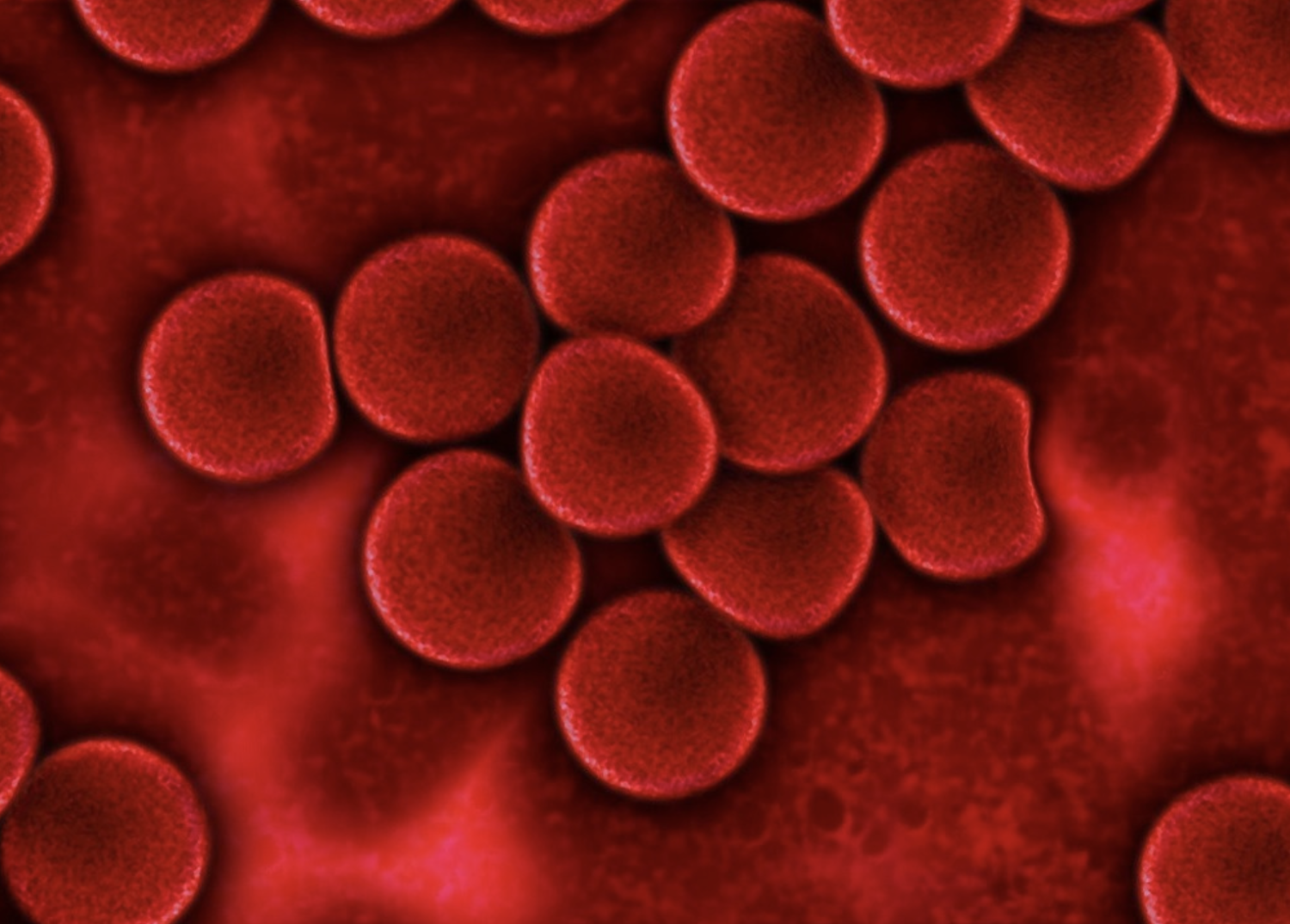Methods, systems and compositions for the novel use of enterobactin to treat iron deficiency and related anemia

Background
Enterobactin (Ent), a siderophore with high affinity for iron (Fe3+), is used by certain bacteria to acquire iron from the environment. As a scavenger molecule for a scarce resource (iron), it is generally believed that enterobactins have a negative impact on hosts’ physiology. However, the high prevalence of enterobactin-producing commensal bacteria in the human gut challenges such a presumption. Elucidating the benefits of individual microbiota-derived molecules in host animals is important for understanding the symbiosis between humans and their microbiota.
Technology
Using a unique assay, researchers at the University of Colorado Boulder have discovered an unexpected and striking role of Ent in supporting growth and the labile iron pool in C. elegans. Ent promotes mitochondrial iron uptake by binding to the ATP synthase α-subunit, which acts inside of mitochondria and independently of ATP synthase. Bacterial enterobactin promotes iron pool level and development in C. elegans. Enterobactin binds host ATP synthase α-subunit for iron retention in mitochondria.The enterobactin-ATP synthase α-subunit function is conserved in mammals.
Benefits
Iron deficiency is the most prevalent nutrient deficiency disorder and a major cause of extremely prevalent anemia. Low efficiency of iron transport is likely a key cause of both the disorder and the problems associated with the current treatment. The newly discovered role of enterobactin in promoting mitochondrial iron uptake and animal health may present a potential transformative treatment of the disorder.
Applications
- Human microbiome RNA sequencing
- Mega genome gene expression
- Treatment of iron deficiency and anemia
- Mitochondrial iron uptake and homeostasis
Stage of Development
Pre‑clinical.
What's Next?
Looking for licensing opportunities.
Nicole Forsberg: nicole.forsberg@colorado.edu
The Newsroom
For marketing and communication inquiries or news tips, contact Daniel Leonard, senior marketing and communications specialist for Venture Partners at CU Boulder.
For media inquiries, please visit colorado.edu/news/formedia.


